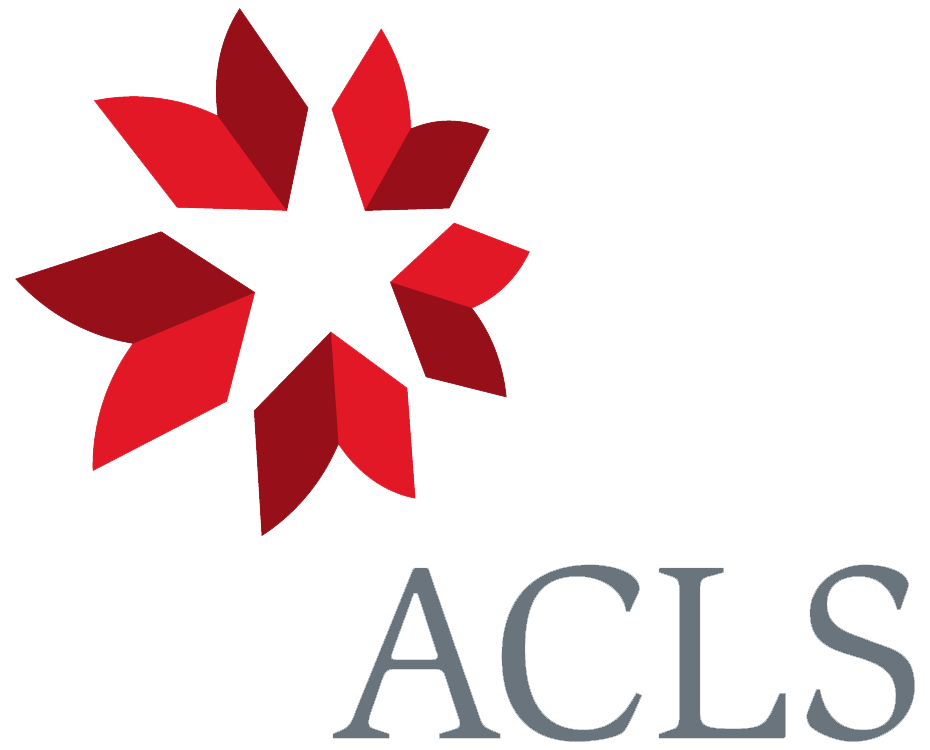From Charles Naudin1 8 March 1882
Villa Thuret | Laboratoire | de | L’enseignement supérieur | Antibes
le 8 Mars 1882
Mon cher et illustre Confrère,
J’ai remué Ciel et terre pour trouver les quelques graines de Trifolium resupinatum que je vous envoie dans cette lettre.2 J’espère que vous réussirez à élever les plantes qui en sortirout, mais, pour plus de sûreté, je me propose de vous envoyer des plantes vivantes et commençant à fleurir, dès que je pourrai les rencontrer dans la campagne et les distinguer des autres espèces de Trifolium parmi lesquelles elles croissent.
Nous avons en outre ici, et assez communs, les Trifolium subterraneum, suffocatum et tomentosum, ce dernier appartenant au groupe du resupinatum, c’est-à-dire à Calyce accrescent et Vésiculeux.3 Si ces espèces pouvaient vous intéresser, il me serait facile de vous les envoyer Vivantes.
Vous avez appris, au moins par le Gardeners’ Chronicle, la mort de ce pauvre Vieil ami Decaisne.4 Il a été cruellement persécuté dans ses dernières annèes, et il y a apparence que le tourment moral n’a pas été étranger à sa fin un peu prématurée. Suivant les uns il est mort d’une Embolie; suivant les autres d’une congestion du cerveau. En tout cas, sa gravelle, qui datait de plus de 30 ans, n’y a été pour rien.
Agréez, Mon cher confrère, l’assurance de mes sentiments les plus sincères, | Ch. Naudin
Footnotes
Bibliography
Correspondence: The correspondence of Charles Darwin. Edited by Frederick Burkhardt et al. 29 vols to date. Cambridge: Cambridge University Press. 1985–.
Translation
From Charles Naudin1 8 March 1882
Villa Thuret | Laboratoire | de | L'enseignement supérieur | Antibes
8 March 1882
My dear and illustrious colleague,
I have moved Heaven and earth to find the few seeds of Trifolium resupinatum that I am sending you in this letter.2 I hope that you will succeed in raising plants from them, but, for more safety, I am planning to send you some living plants that are beginning to flower, as soon as soon as I am able to come upon them in the country and distinguish the other species of Trifolium among which they grow.
We have here in addition, and equally common, Trifolium subterraneum, suffocatum et tomentosum, the last belonging to the resupinatum group, that is to say with calyx accrescent and bladder-like.3 If these species could interest you, it would be easy for me to send you them alive.
You will have learned, at least through the Gardeners’ Chronicle, of the death of my poor old friend Decaisne.4 He was cruelly persecuted in his final years, and there is an indication that the mental anguish contributed to his premature death. According to some he died of an Embolism; according to others of congestion of the brain. In any case, his kidney stones, which dated from more than 30 years ago, had no hand in it.
Accept, My dear colleague, the assurance of my most sincere sentiments, | Ch. Naudin
Footnotes
Bibliography
Correspondence: The correspondence of Charles Darwin. Edited by Frederick Burkhardt et al. 29 vols to date. Cambridge: Cambridge University Press. 1985–.
Summary
J. Decaisne has died.
Sends a few rare seeds of Trifolium resupinatum.
Letter details
- Letter no.
- DCP-LETT-13720
- From
- Charles Victor Naudin
- To
- Charles Robert Darwin
- Sent from
- Villa Thuret, Antibes
- Source of text
- DAR 172: 11
- Physical description
- ALS 3pp (French)
Please cite as
Darwin Correspondence Project, “Letter no. 13720,” accessed on 26 September 2022, https://www.darwinproject.ac.uk/letter/?docId=letters/DCP-LETT-13720.xml


